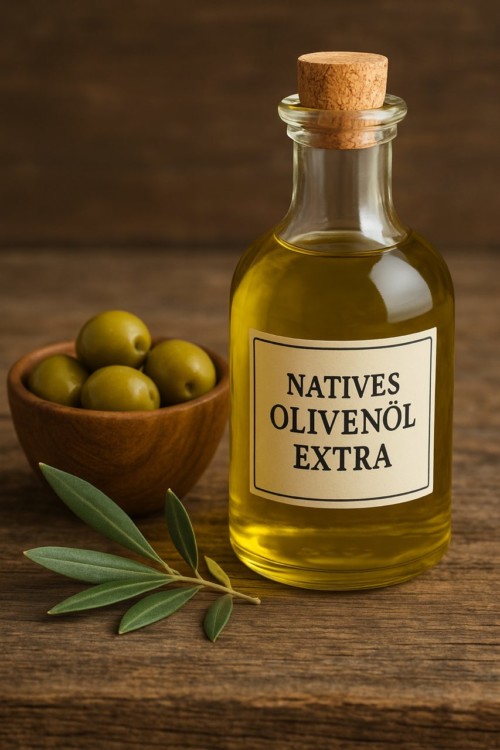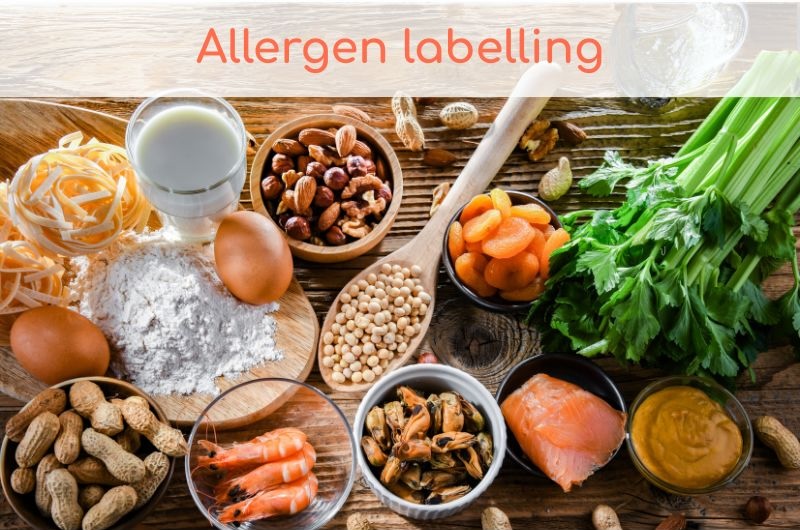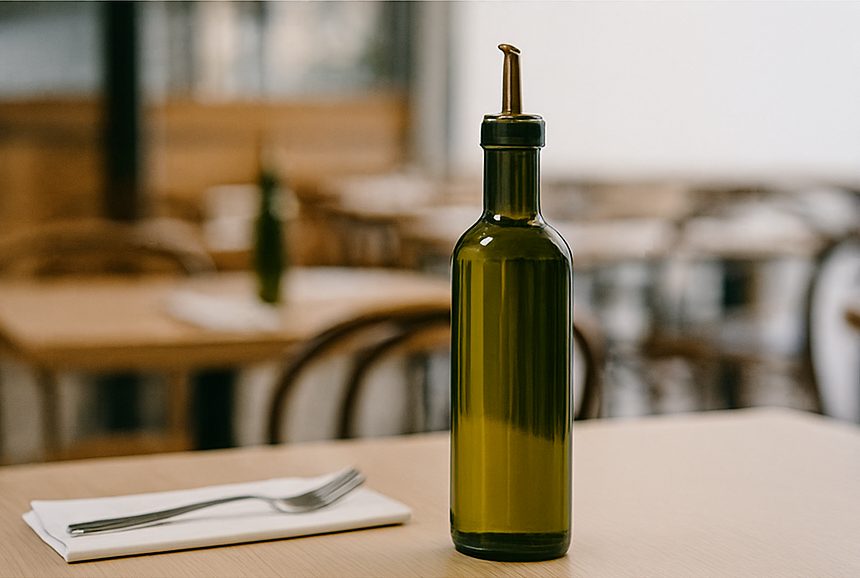
Virgin olive oil – often referred to as the “liquid gold” of the Mediterranean – is one of the most popular edible oils today. But what does the name actually mean, what should you look out for – and why is it so healthy?
What does “virgin” mean for olive oil?
The term “virgin” (lat. natural) means that the oil is obtained exclusively mechanically from fresh olives – without chemical treatment. The oil is cold-pressed or extracted, then filtered or left to rest. This preserves the natural ingredients and the typical taste.
The EU distinguishes between the following quality levels
- Extra virgin olive oil (extra vergine): highest quality, flawless taste, max. 0.8 % acidity
- Virgin olive oil: good quality, minor flavor defects permitted, max. 2 % acidity
- Olive oil (refined): Mixture of refined and virgin olive oil, significantly less aroma
Health benefits of extra virgin olive oil
Extra virgin olive oil is not only delicious – it is also a real superfood with scientifically proven benefits:
- Heart health: The monounsaturated fatty acids they contain (especially oleic acid) have been shown to lower LDL cholesterol levels (“bad” cholesterol) and protect the blood vessels.
- Anti-inflammatory: Rich in polyphenols (antioxidant plant substances), which fight inflammation in the body and prevent cell ageing.
- Protection against chronic diseases: Studies show that regular consumption of high-quality olive oil can reduce the risk of heart attack, stroke, type 2 diabetes and certain types of cancer.
- Brain & memory: The antioxidants in the oil can counteract neurodegenerative diseases such as Alzheimer’s.
- Intestine-friendly: Virgin olive oil has a mild laxative effect and supports healthy digestion.
- For the skin: It can also be used externally to soothe dry skin and promote elasticity.
Important: These positive effects only apply to extra virgin olive oil – not to refined or highly heated oil.
What is allowed – and what is not?
Permitted for “extra virgin olive oil”:
- only mechanical production (e.g. cold pressing)
- no additives
- Transparent indication of origin
- Dark bottles for light protection storage
Not permitted:
- chemical refining or solvents
- Added flavors, colorings or mixed oils
- misleading terms such as “light”, “cholesterol-free”, “buttery”
How do you recognize a good oil?
- Color: says little about the quality – anything from green to golden yellow is possible
- Fragrance: fruity, grassy, fresh – no “musty” smell
- Taste: slightly bitter & peppery – a sign of healthy polyphenols
- Label: Pay attention to terms such as “first cold pressing”, “less than 0.8% acidity”, organic seal and indications of origin
In Switzerland, cantonal laboratories carry out regular checks. For example, the cantonal laboratory in Zurich has found that some products declared as “extra virgin olive oil” do not meet the sensory requirements and are therefore incorrectly labeled.
Further information
- Sensory deficiencies in “extra virgin” olive oils: quality not always guaranteed
https://www.zh.ch/de/news-uebersicht/mitteilungen/2025/gesundheit/lebensmittel/olivenoel–extra-extra-virgin–taste-not-always-extra.html - Testing of “extra virgin” olive oils: one in ten tests shows sensory deviations
https://www.zh.ch/de/news-uebersicht/mitteilungen/2022/gesundheit/lebensmittel/jedes-zehnte–extra-vergine–olivenoel-weist-sensorische-maengel.html - Recommended storage of cooking oil in the food service industry: focus on temperature, light protection & hygiene
https://www.alcomo.com/richtiges-lagern-von-speiseol-in-tischmenagen/
Swiss Regulation on Food of Plant Origine (VLpH)
The Swiss Regulation on Food of Plant Origine (VLpH) regulates the requirements for plant-based foods, including olive oil.
The VLpH contains specific provisions on:
- Definitions and classifications of plant-based foods
- Quality requirements for different product categories
- Labeling requirements for plant-based foods
- Hygiene requirements during production and processing
Conclusion
Extra virgin olive oil is not only an aromatic ingredient, but also a valuable contribution to a healthy diet. If you pay attention to quality when shopping, you not only enjoy the best taste, but also actively support your health.





